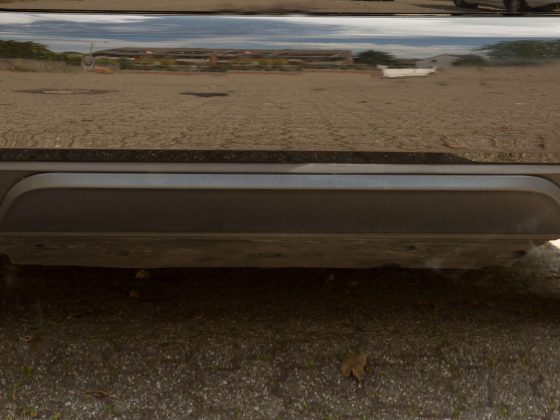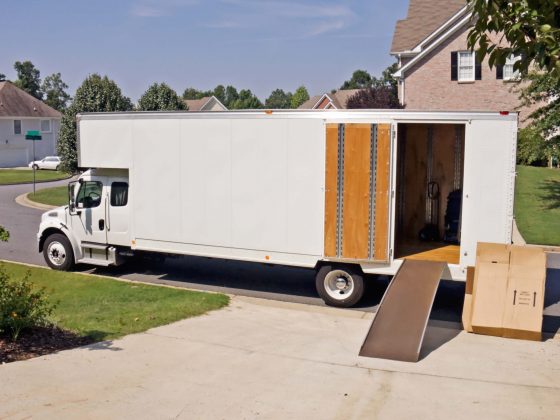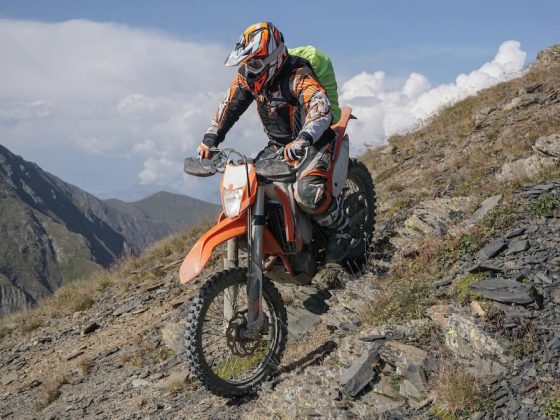Instrumental for conveying bulk goods and materials from point to point, heavy duty commercial trucks are an indispensable part of any country’s economic mix. Whatever device you are using to read this right now, it was transported by a truck wheeled by a likely very tired driver. While truck drivers have safety measures that they need to follow while operating these huge machines, other motorist must also follow specific driving safety tips when maneuvering around big rigs and other heavy duty vehicles.
Use eTags© to Quickly Complete Your DMV Service. Renewals, Title Transfers and More, All Online!
According the Federal Motor Carrier Safety Administration (FMCSA), heavy trucks are involved in a high percentage of traffic motor crashes resulting in death, injury and damage to both public and private properties. In the Large Truck and Bus Crash Facts (LTBCF) report for 2014, the FMCSA provided the following statistics about road accidents involving trucks:
- In 2014, there were an estimated 411,000 police-reported crashes involving large trucks.
- Of this number of reported cases of accidents involving heavy trucks, about 3,424 were fatal, resulting in at least 1 death.
- About 82,000 police-reported crashes resulted in at least 1 nonfatal injury.
- Of this number, at least 1 driver-related factor contributed to about 34% of crashes involving heavy trucks.
- Out of 3,697 drivers of large trucks directly involved in fatal crashes in 2014, 335 were not wearing the safety belt at the time of the crash. Of those, about 100 were completely or partially ejected from the truck.
The role which drivers have to play in ensuring safety around trucks for all road users cannot be overemphasized.
Tips to Increase Truck Safety and Reduce the Number of Road Crashes

- This may sound cliché, but slow and steady wins the race. Trucks are heavy and, they naturally accelerate with great momentum. Truck drivers should keep their speed within reasonable limit and to slow down around construction zones and areas with heavy traffic.
- The average braking distance of trucks is relatively longer to that of smaller vehicles. Always maintain a safe distance between your truck and the vehicle in front of you to allow for emergency braking. This is sometimes hard to do with vehicles rushing in front you but, when are applying the slow and steady method outlined above, you will be better prepared to stop in trafficked areas.
- Always make sure that your brakes and tires are in top condition, especially before embarking on long cross country trips.
- Always ensure that you are well rested and refreshed before getting behind the wheel. If you feel drowsy or sleepy while on the road, look for a convenient spot to pull over and take a nap.
- Your safety starts with you. Always wear your seatbelt while driving.
- If you are on any medication that causes drowsiness, avoid driving while taking them.
- Always be conscious of smaller vehicles using the road with you. Signal before you change lanes, honk your horns as you approach intersections, and always watch out for blind spots while negotiating turns and bends.
- Always apply extra caution when driving in bad weather. As a rule of thumb, reduce your speed considerably while driving on wet and snow-covered roads.
By being a responsible road user, you will succeed in helping to reduce the number of road crashes and the attendant casualties and damages. When everyone is doing their part, the roads will be less dangerous for everybody, truck drivers, drivers of smaller vehicles, and all other road users including cyclists and pedestrians.









2 comments
I like your tip to go a little slower. It takes a while for trucks to stop. You also want to give people enough time to react to accelerations in your truck’s movements.
This is some good information about heavy vehicle driving safety. I like that you pointed out that slow and steady really does win the race. I know that when I am running late I tend to be a little unsafe while driving. It does seem like a good idea to have someone with a good amount of experience or training drive it.